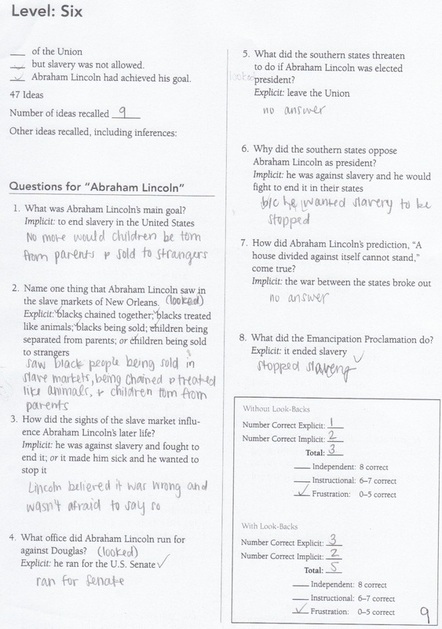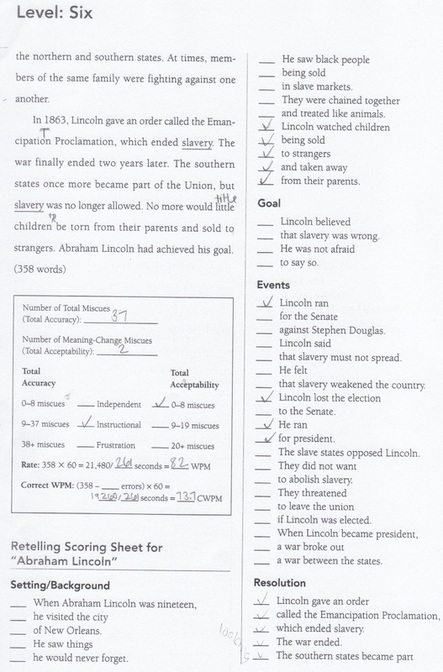
narratage - The technique of having one character in the role of storyteller or the act of inserting bits of explanation into a narrative. narrative - First an adjective meaning "telling the facts of a story," from Latin narrare, which is also the base of narrate. saga - Old Norse for "narrative." diegesis - The narrator is the voice that recounts events and has the ability to take on different points of view. Depending on how much the narrator knows about the protagonists and the story, or from which point of view the story is told, we can choose between three different types of narration in English · The definition of narrative is a piece of writing that tells a story, and it is one of four classical rhetorical modes or ways that writers use to present information. The others include an exposition, which explains and analyzes an idea or set of ideas; an argument, which attempts to persuade the reader to a particular point of view; and a description, a written form of a visual experience
Narrative Essay Examples and Key Elements
Every literary text has a narrator who guides us through the story. The narrator is the voice that recounts events and has the ability to take on different points of view. Depending on how much the narrator knows about the protagonists and the story, or from which point of view the story is told, we can choose between three different types of narration in English. A first-person narrator is directly involved in the story and tells it from his or her point of view, frequently making use of the pronouns I, me, my and mine.
The advantage of the first person point of view is that the narrator shares their personal experiences and secrets with the reader who then feels more connected to narrative passage definition story, narrative passage definition. There are three types of third person narration in English:, narrative passage definition. The narrator is not directly involved in the story which is told from the point of view of a character, narrative passage definition.
The reader only has insight into the feelings and thoughts of the protagonist which is why this type of narration is refered to as limited. Information about other characters is only shared with the reader when it is shared with the protagonist. This type of narration can also change perspectives and tell the story from the point of view of another character.
In this case we refer to third person multiple point of view narration, narrative passage definition. Instead, the story is told from an objective or neutral point of view. Only facts which are discernable from the outside are reported and comments and insights into characters and events are left out.
Dialogues are often reported without an explanation of what the characters are thinking and feeling. The reader must discern the information from the events described. The narrator knows narrative passage definition about the fictive world they are narrating — hence the name omniscent or all-knowing point of view, narrative passage definition. This type of narration offers insight into the thoughts, feelings, opinions and relationships between the characters.
In other words, the all-knowing narrator knows everything about what connects the characters, as well as their narrative passage definition, present and future. The all-knowing narrator can move between space and time within an event. Thus, allowing narrative passage definition reader to learn more about the event and characters in the story. Literary example: Brave New World by Aldous Huxley or Harry Potter by J.
Our online exercises for English help you to learn and practice grammar rules in an interactive manner. To make sure that you understand the correct answers, our answer keys offer simple explanations as well as handy tips and tricks. With Lingolia Plus you can access 4 additional exercises about Narrative Perspective, narrative passage definition, as well as online exercises to improve your English.
Learn more about Lingolia Plus here. Become a Lingolia Plus member to access these additional exercises. Narrative Perspective Introduction Every literary text has a narrative passage definition who guides us through the story.
First-person narration Narrator speaks in the first person A first-person narrator is directly involved in the story and tells it from his or her point of view, frequently making use of the pronouns I, me, my and mine. After all, nobody becomes a famous rock star with a baby on the stage. Literary example: The Catcher in the Rye by J. There are three types of third person narration in English: limited point of view neutral point of view omniscient point of view Third-person limited Narrator speaks in the third person — subjective point of view The narrator narrative passage definition not directly involved in the story which is told from the point of view of a character.
Where was she? He was really worried and could not understand her disappearance. So he decided to look for her. Narrative passage definition example: Oliver Twist by Charles Dickens. Example: He entered the room and slammed the door behind him. Literary example: Hills like White Elephants by Ernest Hemingway. Third person omniscient Narrator speaks in the third person — all-knowing point of view The narrator knows everything about the fictive world they are narrating — hence the name omniscent or all-knowing point of view.
Example: He was walking down the street thinking about his dog Poppy. It broke his heart to see her so sick and he hoped that she would get better soon. Need more practice? A1 Beginner A2 Elementary B1 Intermediate B2 Upper intermediate C1 Advanced.
How to Write a Narrative Essay
, time: 2:24What is Narrative? 5 Narrative Types and Examples | Now Novel

The narrator is the voice that recounts events and has the ability to take on different points of view. Depending on how much the narrator knows about the protagonists and the story, or from which point of view the story is told, we can choose between three different types of narration in English 1: having the form of a story or representing a story a narrative poem narrative paintings. 2: of or relating to the process of telling a story the author's narrative style the novel's narrative structure. Narrative essays tell a vivid story, usually from one person's viewpoint. A narrative essay uses all the story elements — a beginning, middle and ending, as well as plot, characters, setting and climax — bringing them together to complete the story

No comments:
Post a Comment